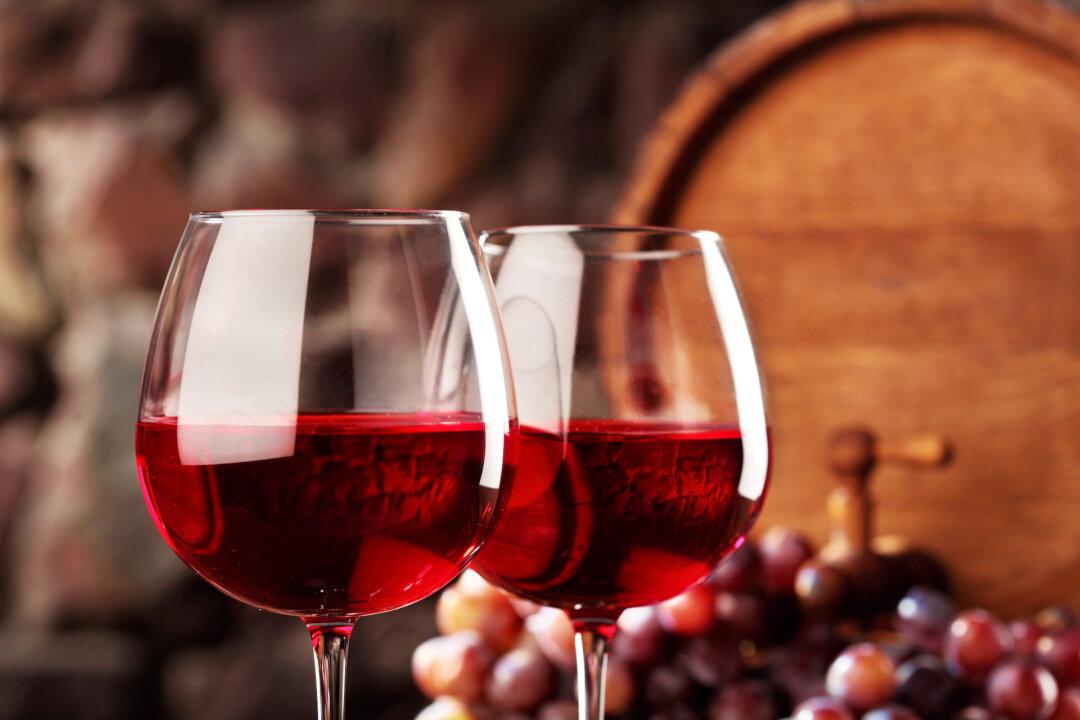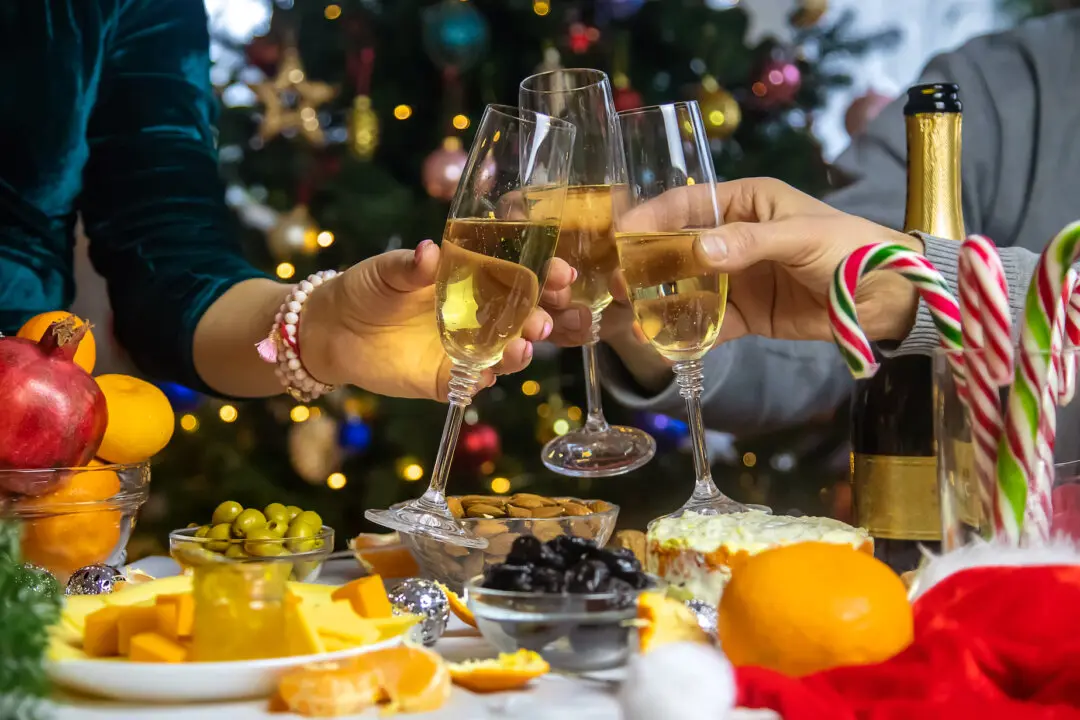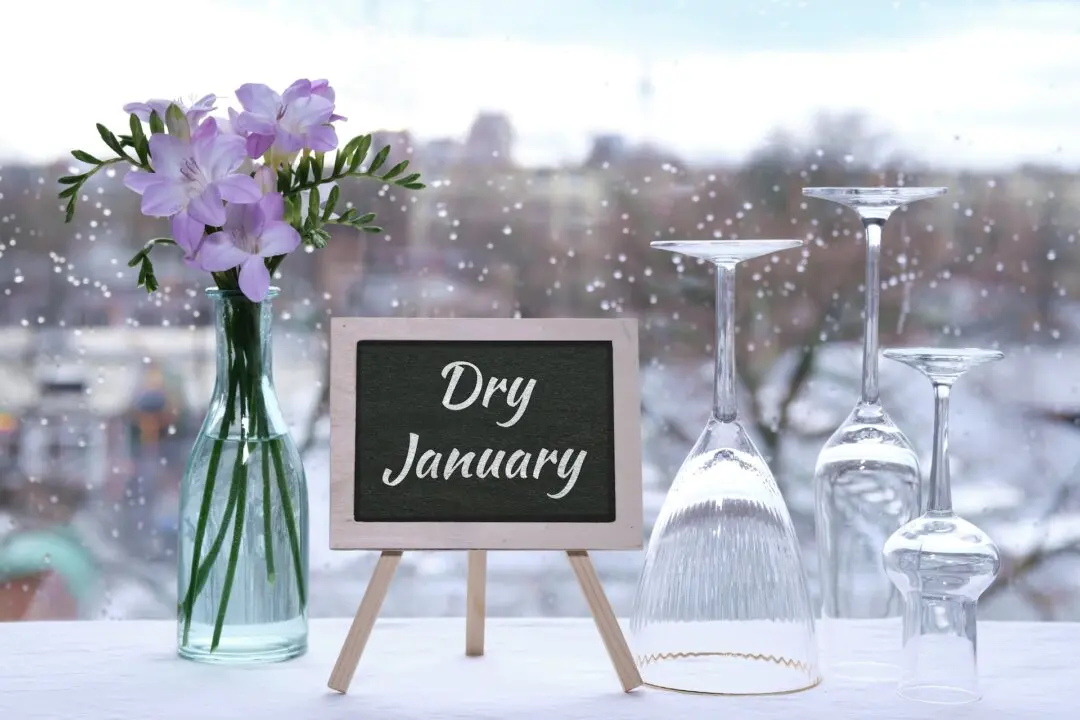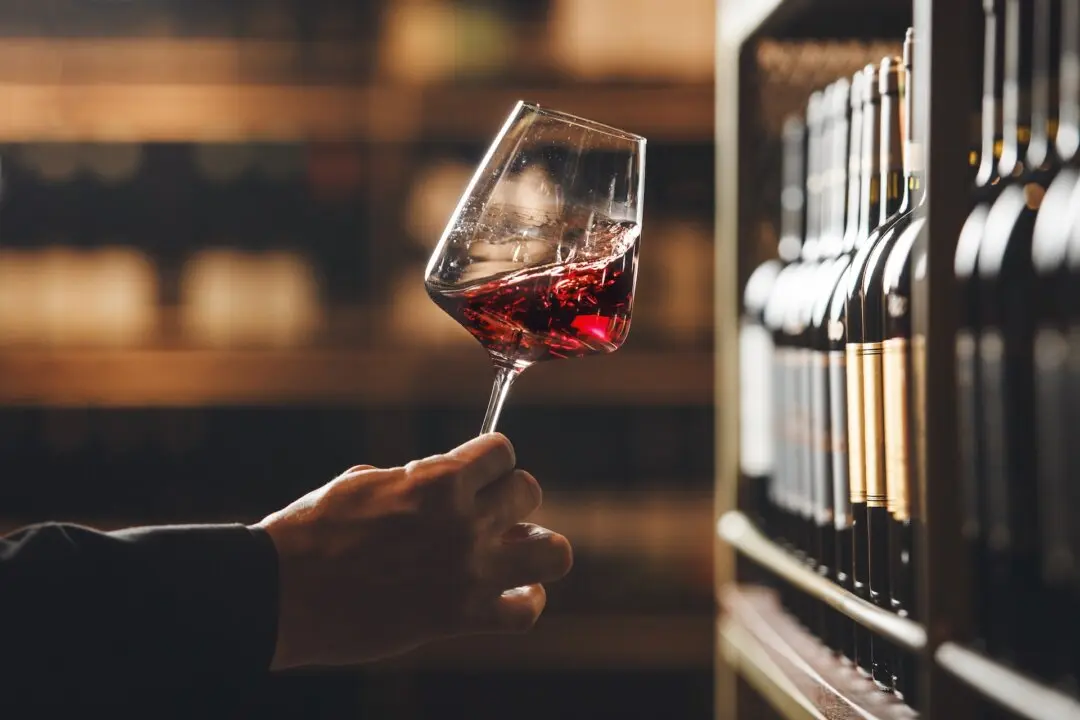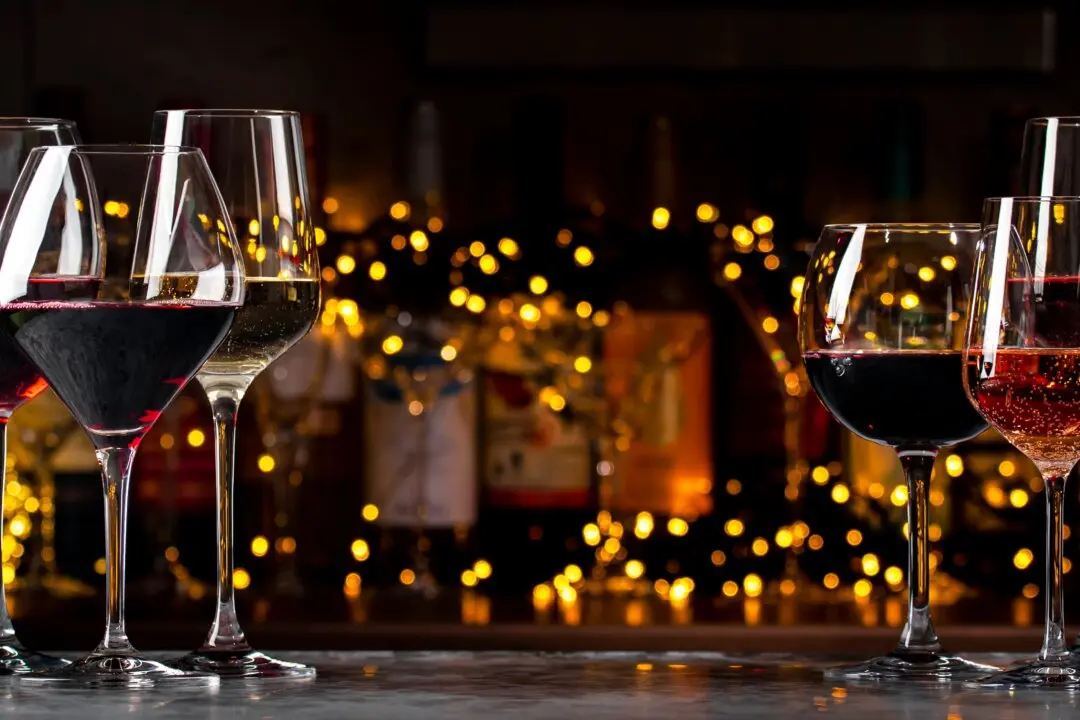Anyone who regularly drinks red wine knows that it is primarily intended to pair with foods based around meats and other relatively assertive victuals.
The color and the flavor in red wine both come from the skins of the grapes that produced it, and many people believe that the darker the color, the more intense the flavor. Though this might be true, it doesn’t always follow that the resulting wine is better.

